Preterite Practice Worksheet
If you're a Spanish language learner looking for a resource to reinforce your understanding of verb conjugation in the preterite tense, you've come to the right place. This preterite practice worksheet will provide you with the opportunity to practice conjugating regular and irregular verbs in the past tense, allowing you to strengthen your grammar skills and build confidence in your ability to communicate effectively in Spanish.
Table of Images 👆
More Other Worksheets
Kindergarten Worksheet My RoomSpanish Verb Worksheets
Cooking Vocabulary Worksheet
DNA Code Worksheet
Meiosis Worksheet Answer Key
Art Handouts and Worksheets
7 Elements of Art Worksheets
All Amendment Worksheet
Symmetry Art Worksheets
Daily Meal Planning Worksheet
What is the preterite tense used for?
The preterite tense is used in Spanish to express completed actions in the past that are seen as a single event or a series of events that happened at a specific point in time. It is typically used to talk about actions that have a clear starting and ending point in the past.
When do we use regular verbs in the preterite tense?
Regular verbs in the preterite tense are used to talk about actions that were completed in the past at a specific point in time. These verbs follow specific conjugation patterns depending on the subject of the sentence. They are commonly used for actions that happened once or for a specific period of time in the past.
How do regular -ar verbs change in the preterite tense?
Regular -ar verbs in the preterite tense change by dropping the infinitive ending -ar and adding the specific preterite tense endings: -é, -aste, -ó, -amos, -asteis, -aron. For example, the verb "hablar" (to speak) conjugates in the preterite tense as hablé, hablaste, habló, hablamos, hablasteis, hablaron.
How do regular -er and -ir verbs change in the preterite tense?
Regular -er and -ir verbs in Spanish change in the preterite tense by dropping the infinitive endings (-er or -ir) and adding specific endings: -í, -iste, -ió, -imos, -isteis, -ieron for -er verbs, and -í, -iste, -ió, -imos, -isteis, -ieron for -ir verbs. Some irregular verbs may have unique stem changes, but for regular verbs, this is the general pattern for conjugating in the preterite tense.
What are some common irregular verbs in the preterite tense?
Some common irregular verbs in the preterite tense in Spanish include "ser" (to be), "ir" (to go), "tener" (to have), "hacer" (to do/make), "estar" (to be), "poder" (to be able), "poner" (to put/place), "decir" (to say), "traer" (to bring), and "venir" (to come). These verbs have irregular conjugations in the preterite tense that do not follow the regular -ar, -er, -ir verb endings.
How do irregular preterite verbs like ser, ir, and hacer change?
Irregular preterite verbs like ser, ir, and hacer have unique conjugations in the preterite tense. In the preterite tense, the verb "ser" changes to "fui" for the first person singular (yo), "ir" changes to "fui" for the same form, and "hacer" changes to "hice" for the same form. These irregular verbs do not follow the typical conjugation patterns of regular -AR, -ER, and -IR verbs in the preterite tense.
Are there any stem-changing verbs in the preterite tense?
No, stem-changing verbs in Spanish do not undergo stem changes in the preterite tense. In the preterite tense, regular -ar, -er, and -ir verbs follow a set conjugation pattern without any stem changes, making them different from their present tense conjugations.
How do -car, -gar, and -zar verbs change in the preterite tense?
In the preterite tense, -car verbs change the c to qu, -gar verbs change the g to gu, and -zar verbs change the z to c to maintain the pronunciation. For example, the verb buscar (to search) would become busqué in the preterite tense, llegar (to arrive) would become llegué, and empezar (to start) would become empecé.
What are some key words or phrases that are often used with the preterite tense?
Key words or phrases that are often used with the preterite tense in Spanish include: ayer (yesterday), anoche (last night), la semana pasada (last week), el mes pasado (last month), el año pasado (last year), una vez (once), dos veces (twice), nunca (never), siempre (always), de repente (suddenly), por primera vez (for the first time), and la última vez (the last time).
Can the preterite tense be used to talk about ongoing or habitual actions in the past?
No, the preterite tense in Spanish is used to talk about completed actions in the past, not ongoing or habitual actions. To talk about ongoing or habitual actions in the past, the imperfect tense is used in Spanish.
Have something to share?
Who is Worksheeto?
At Worksheeto, we are committed to delivering an extensive and varied portfolio of superior quality worksheets, designed to address the educational demands of students, educators, and parents.

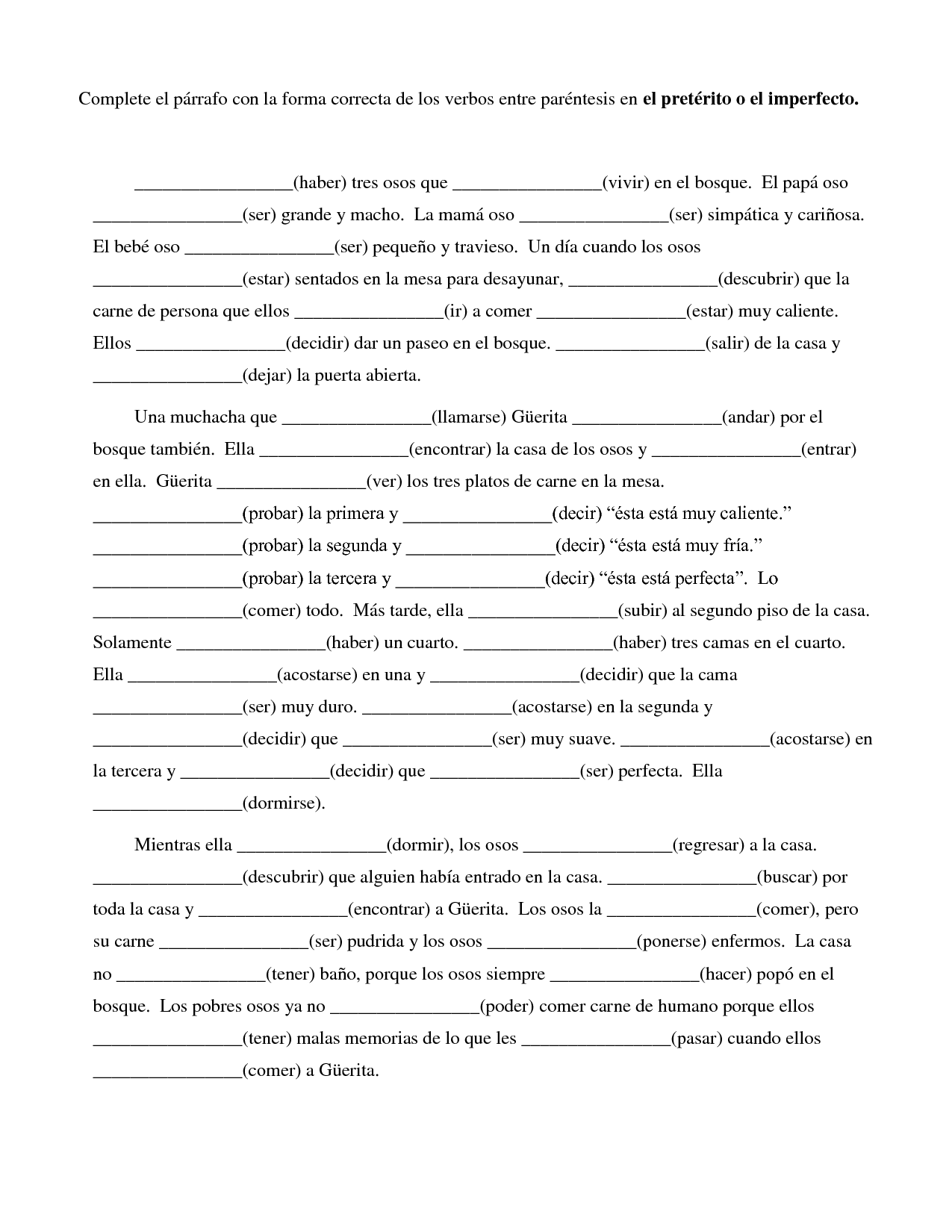



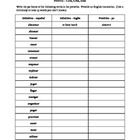
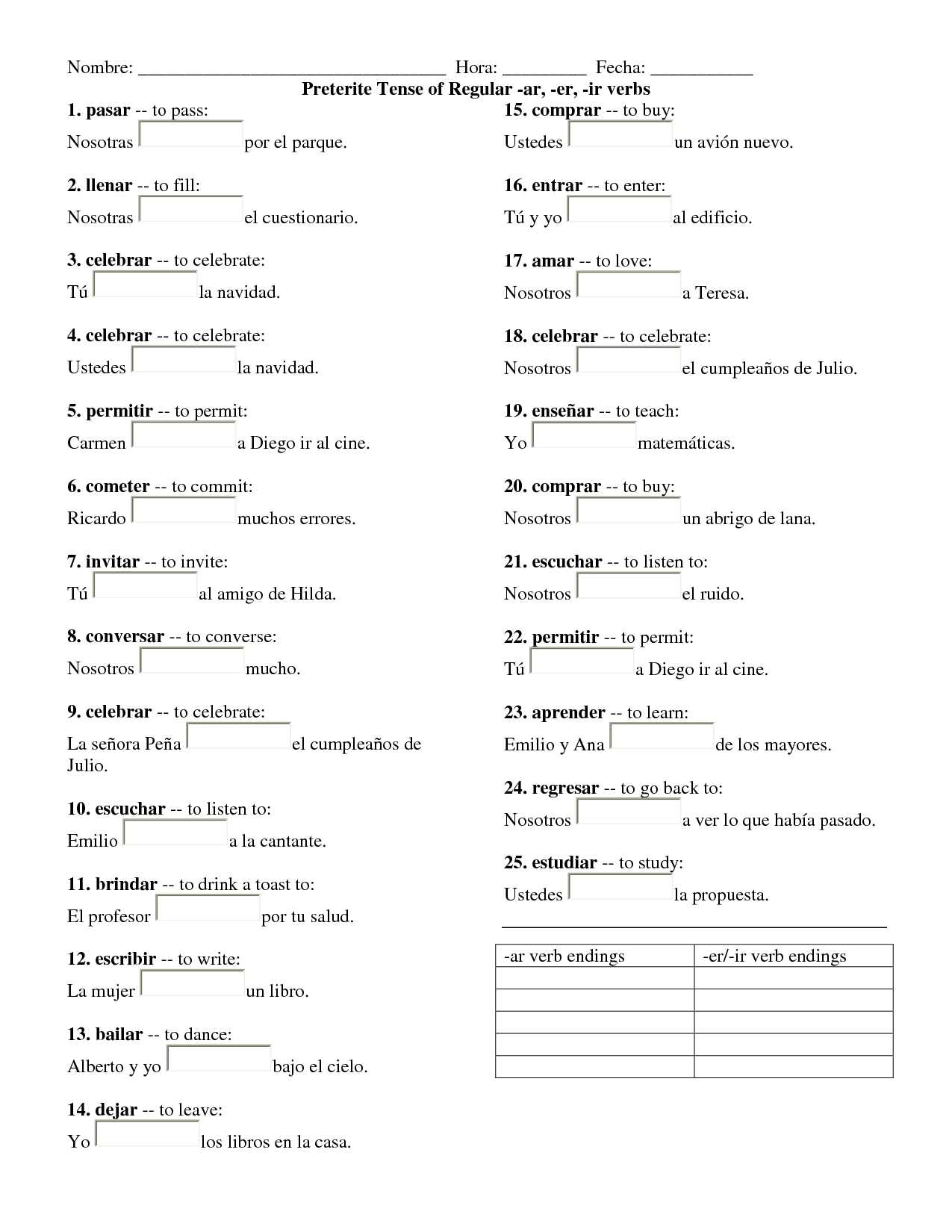
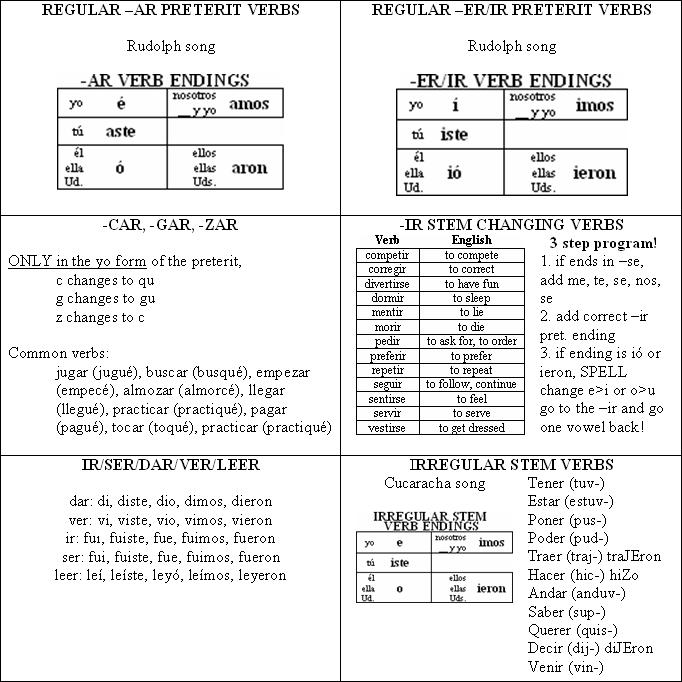

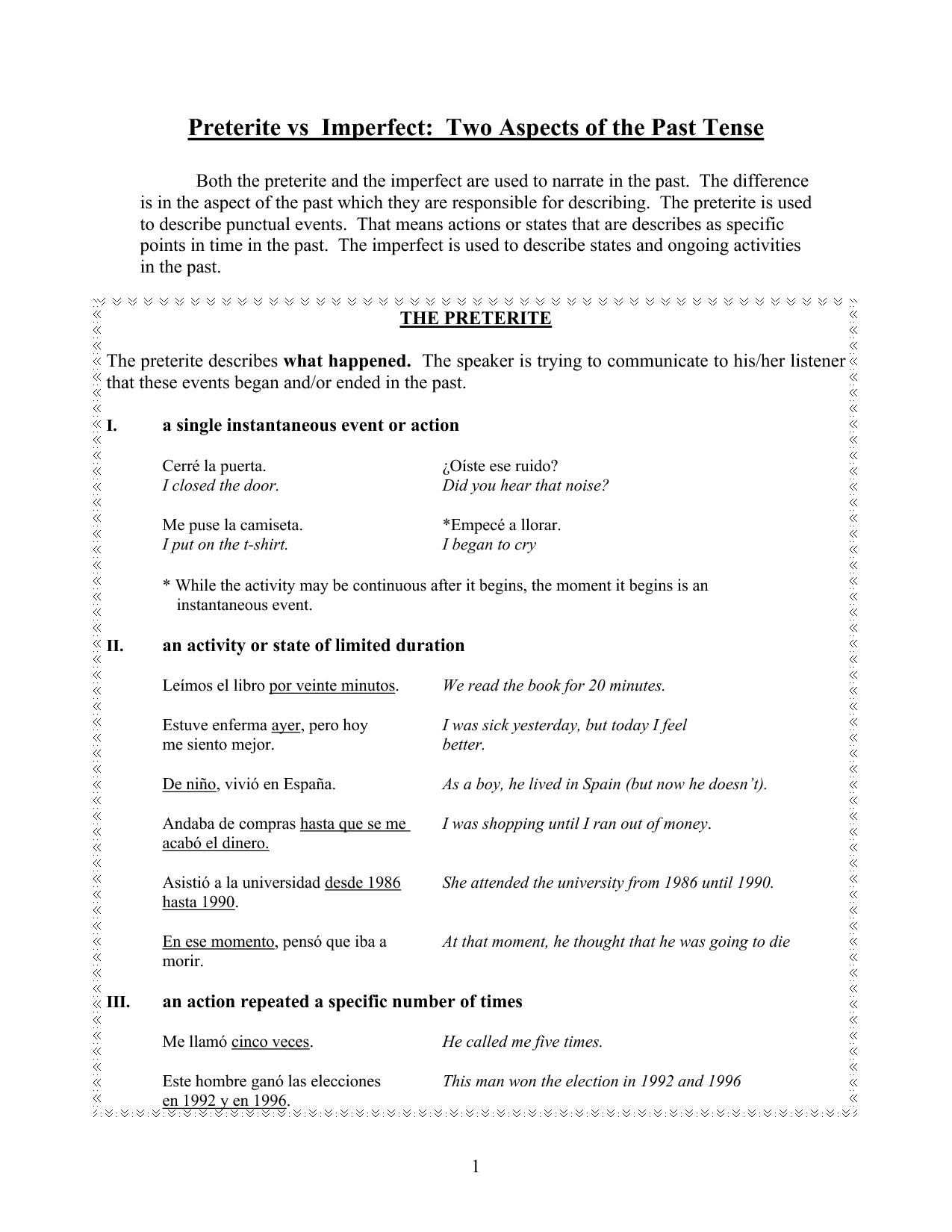
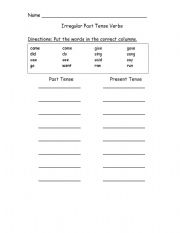
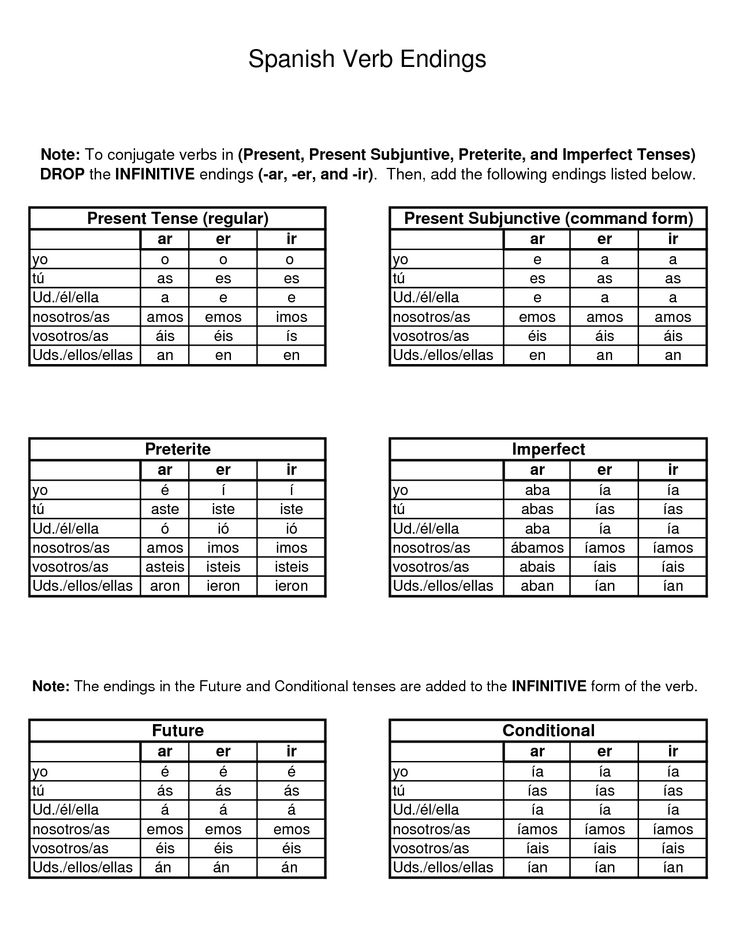














Comments